(PLVN) - The international financial center in Ho Chi Minh City (HCMC) has come into operation, expected to create many great benefits and opportunities for HCMC in particular and the whole country in general.
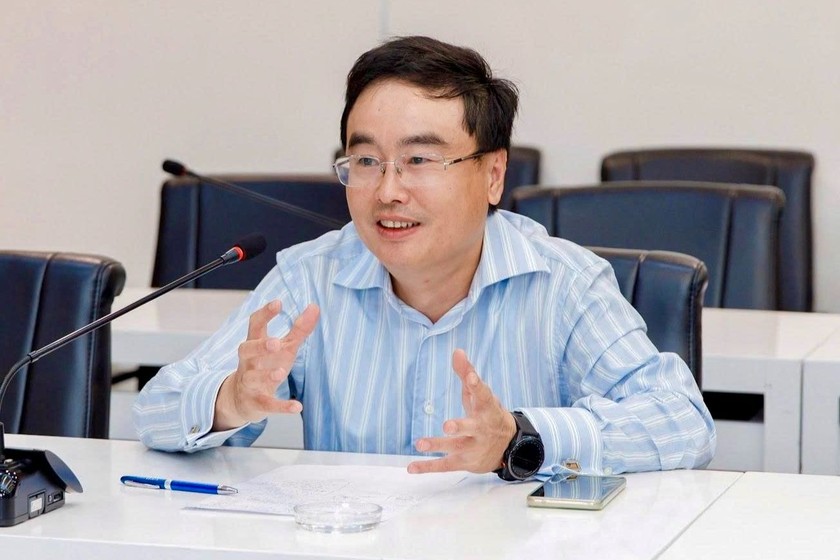 |
| Prof. Dr. Vo Xuan Vinh, Director of the Institute of Business Research (University of Economics, Ho Chi Minh City). (Photo in article: Phuong Thao) |
(PLVN) - The international financial center in Ho Chi Minh City (HCMC) has come into operation, expected to create many great benefits and opportunities for HCMC in particular and the whole country in general.
Recently, at a meeting with the Australian Consul General and the President of the National Australia Bank (NAB), Vice Chairman of the Ho Chi Minh City People's Committee Vo Van Hoan said that Ho Chi Minh City expects to develop on par with major urban centers in the world by 2045, becoming an economic, financial and service center in Asia. By 2030, GRDP will reach 14,800 - 15,400 USD/person. To achieve these goals, one of the city's current important priorities is to build an International Financial Center (IFC) of Vietnam in Ho Chi Minh City.
The International Financial Center will connect the global financial market, attract international financial institutions, and provide high-quality financial services to domestic and foreign enterprises.
Ho Chi Minh City leaders expect that the ITC will create new growth momentum and contribute to Vietnam's deeper participation in the global economic value chain. On that basis, the city leaders hope that NAB will explore cooperation opportunities to develop Vietnam's ITC in Ho Chi Minh City, promoting the exchange of experiences on ITC development strategies.
Previously, the Politburo issued Conclusion 47-TB/TW dated November 15, 2024 on the project to build a regional and international financial center. Immediately after that, to implement the Politburo's conclusion, on December 31, 2024, the Government issued Resolution 259/NQ-CP approving the action plan to build a regional and international financial center in Vietnam. In which, Ho Chi Minh City is identified as the locomotive with the role of a vital artery to attract capital circulation, an important driving force for the development of Ho Chi Minh City in particular and the whole country in general.
When the International Financial Center comes into operation, it is expected to create opportunities for domestic and foreign partners, attract international financial institutions and economic groups; help the city become an economic bright spot, an attractive destination, people with high quality of life, the nucleus of the Southeast region.
Commenting on the model and operating mechanism of the International Financial Center, Prof. Dr. Vo Xuan Vinh (Director of the Institute of Business Research, Ho Chi Minh City University of Economics, one of the Vietnamese scientists in the field of economics - finance, and management who is considered to have world influence) expressed his opinion that the International Financial Center project in Ho Chi Minh City still has some issues that need to be more specific; what is the International Financial Center? How is the International Financial Center today different from before? What should Ho Chi Minh City do?
“Speaking of the model, we can imagine the International Financial Center consisting of a center to support financial mechanisms, such as banks, investment funds, rating organizations, law firms, logistics enterprises... This is where enterprises come to perform financial services such as attracting idle capital for investment, performing integrated financial services. Normally, the International Financial Centers are formed according to clusters, regions, and geographical locations of each city or country,” said Prof. Dr. Vinh.
According to Mr. Vinh, for the International Financial Center to be formed, there are a number of necessary conditions: The presence of financial institutions, such as large banks, valuation organizations, reputable financial consulting law firms; an infrastructure system serving the lives and activities of experts (hotels, houses, schools); a good enough information technology infrastructure, secure, and connected to the place where enterprises are headquartered (enterprises are also customers of the International Financial Center). In addition, there must be soft infrastructure, for example, if an enterprise wants to establish an agency, representative office or branch, how should it be done effectively?
“The above information must be made public so that businesses can learn for themselves. Officials need to directly invite people to work at the International Financial Center. Not only inviting but also guiding and advising businesses to access services,” said Prof. Dr. Vinh.
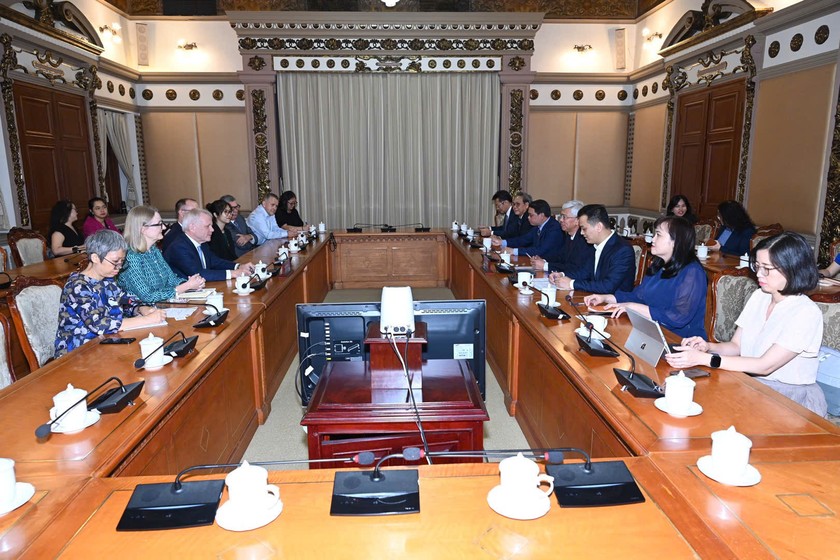 |
A meeting to discuss investment cooperation opportunities in Ho Chi Minh City. |
Another very important point is the legal infrastructure, including new financial services. To do so, the legal system must be built in a direction that is both open and controlled, allowing for new things but the State must control risks, as well as having a pilot mechanism and a specific mechanism, according to Mr. Vinh.
Prof. Dr. Vinh commented that in recent times, the Ho Chi Minh City government has made breakthroughs and done many things of a constructive nature. “The city must also consider a plan for its apparatus in the direction of arranging a multi-disciplinary department to suit the changing situation of the country and the world,” Prof. Dr. Vinh suggested.
Source: https://baophapluat.vn/chuyen-gia-gop-y-ve-trung-tam-tai-chinh-quoc-te-tai-thanh-pho-ho-chi-minh-post540385.html


![[Photo] Fragrant grapefruit flower season by the river](https://vstatic.vietnam.vn/vietnam/resource/IMAGE/2025/3/26/8142e4cf776542758c0cbc6b144215b3)

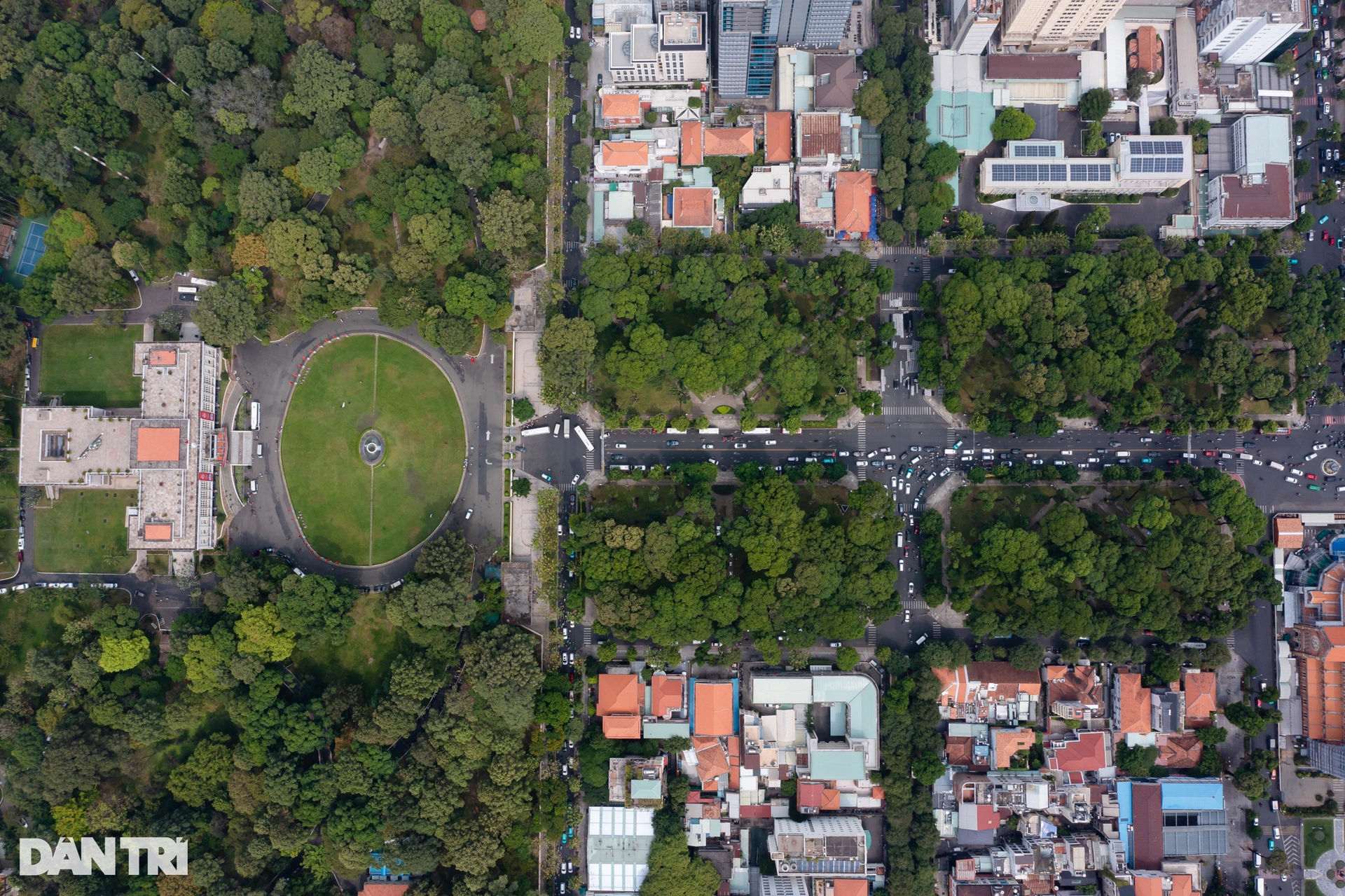


![[Photo] Regiment 271, Tri Thien Military Region: 50 years of return](https://vstatic.vietnam.vn/vietnam/resource/IMAGE/2025/3/26/efdc2945a526480e94e4210e2c6263a5)
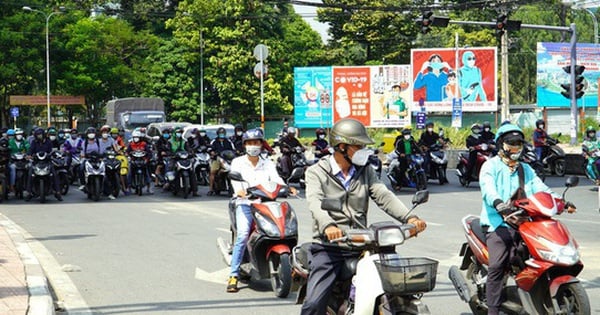

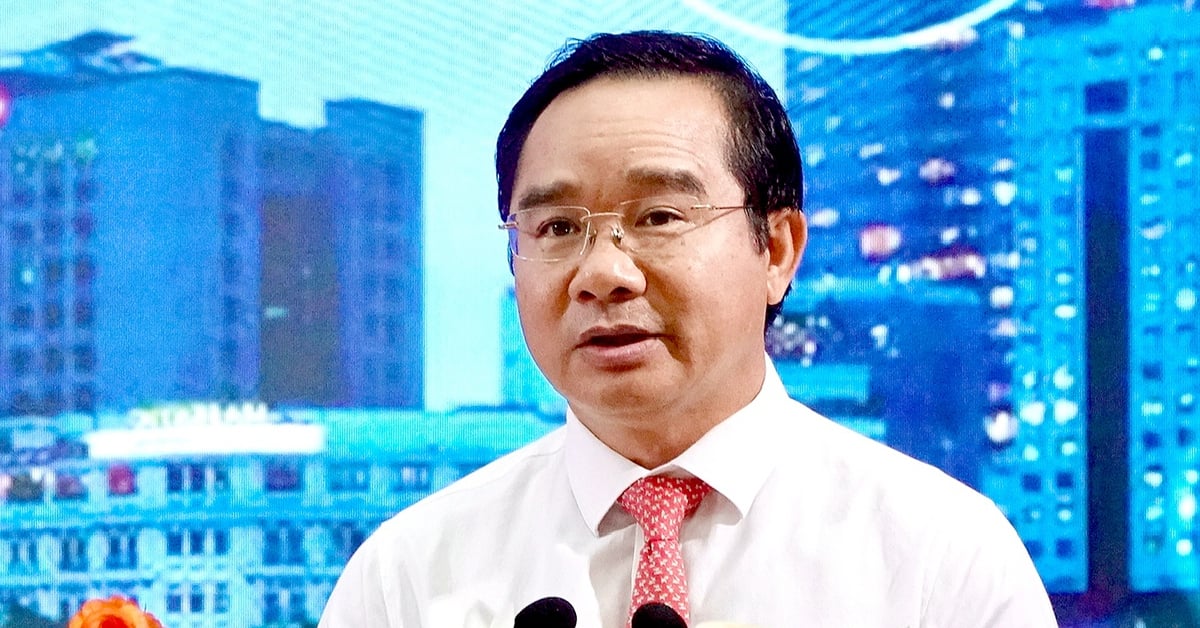

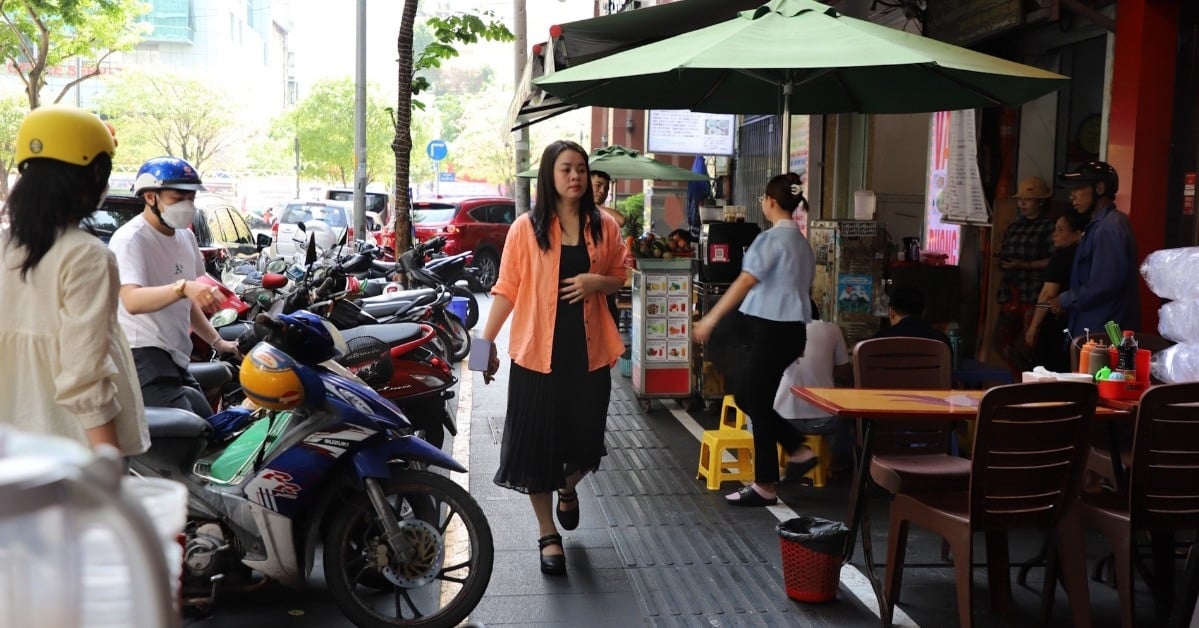

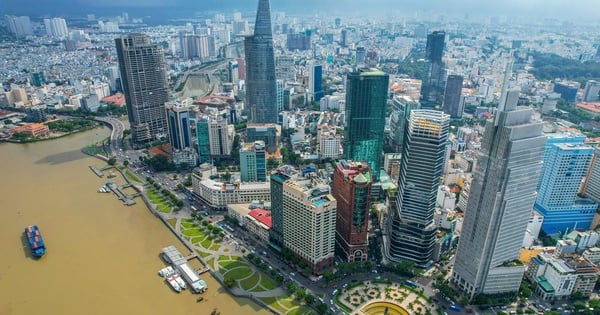

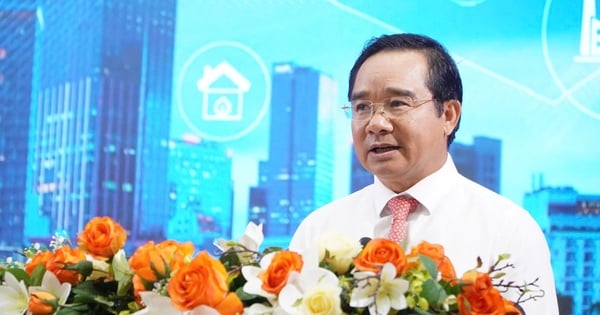
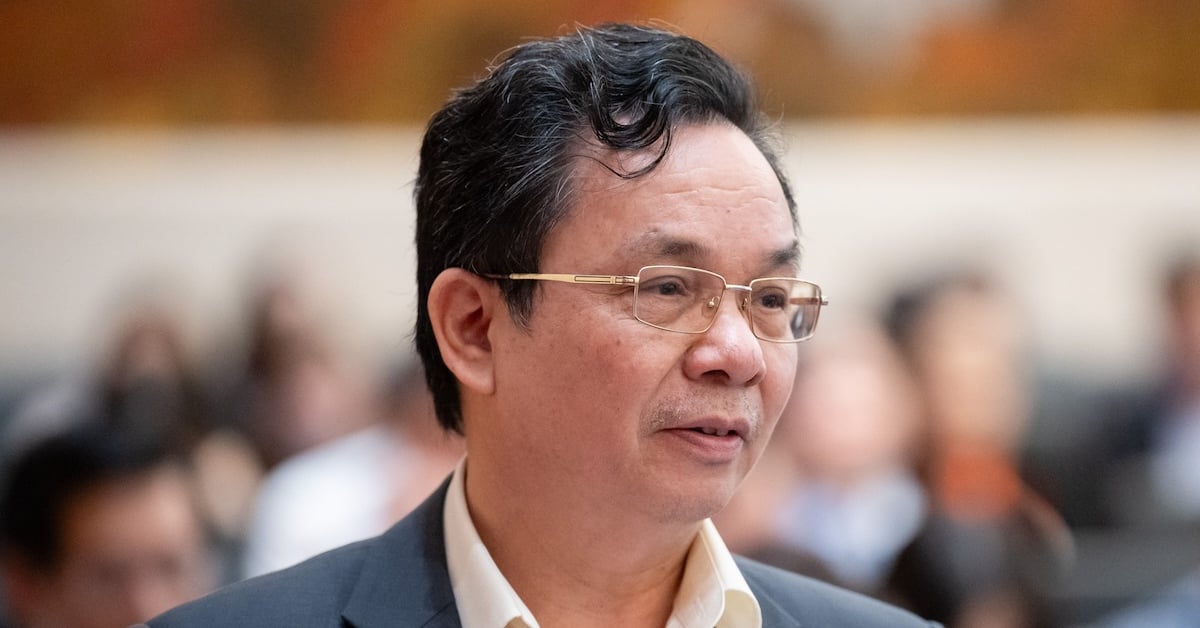


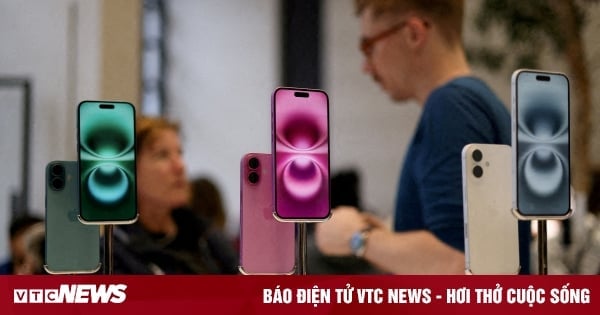

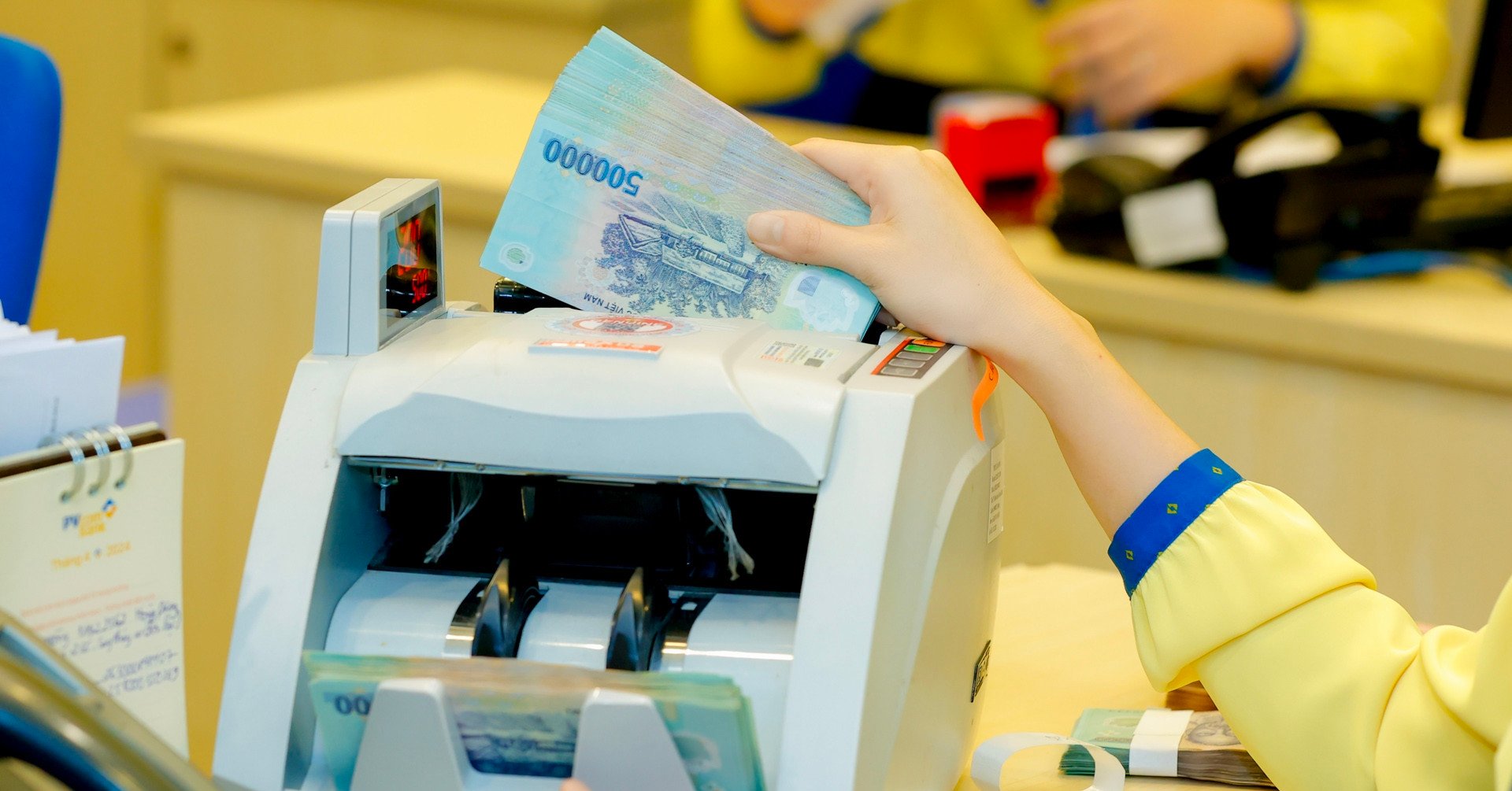





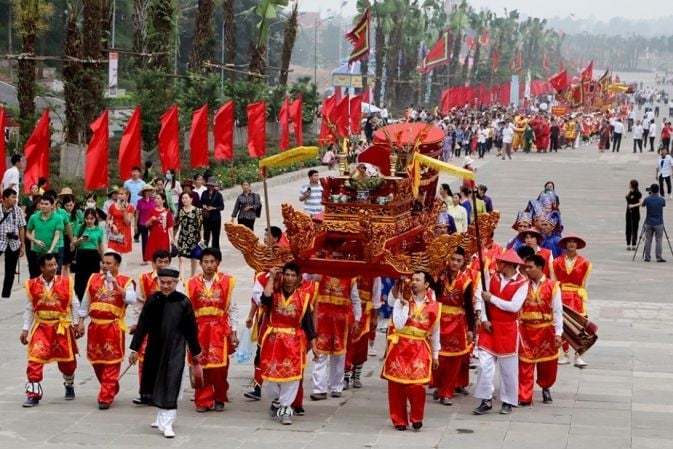
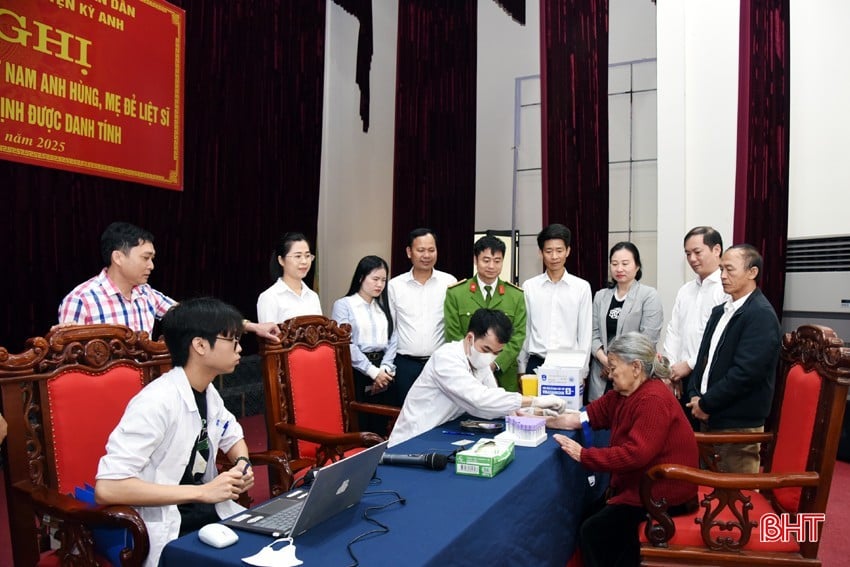
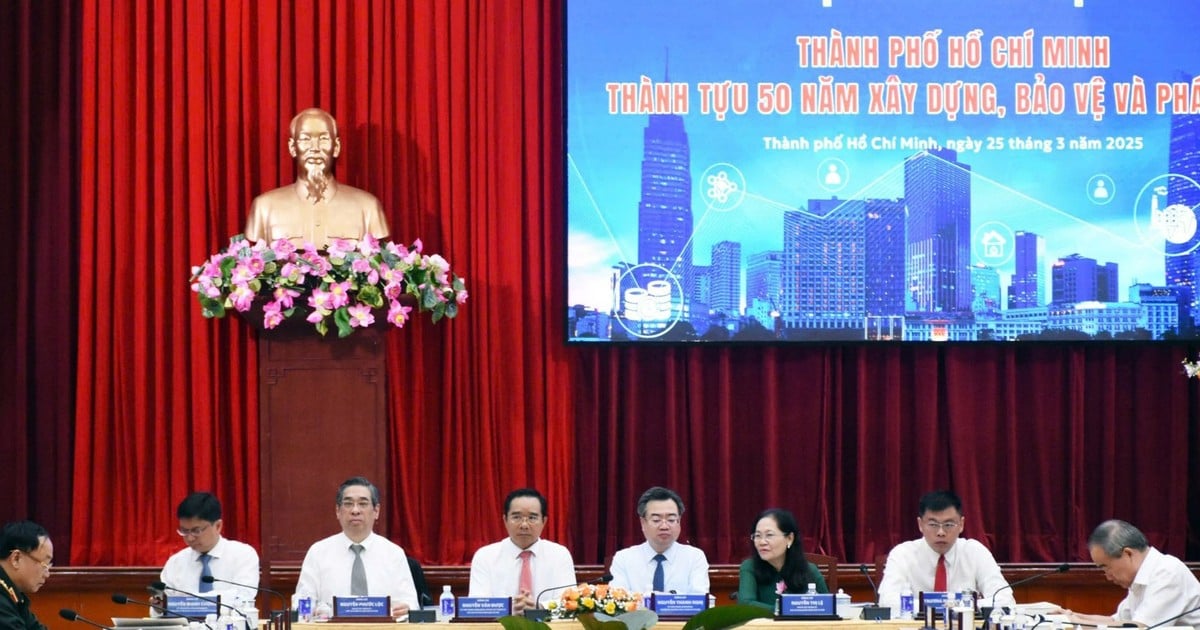
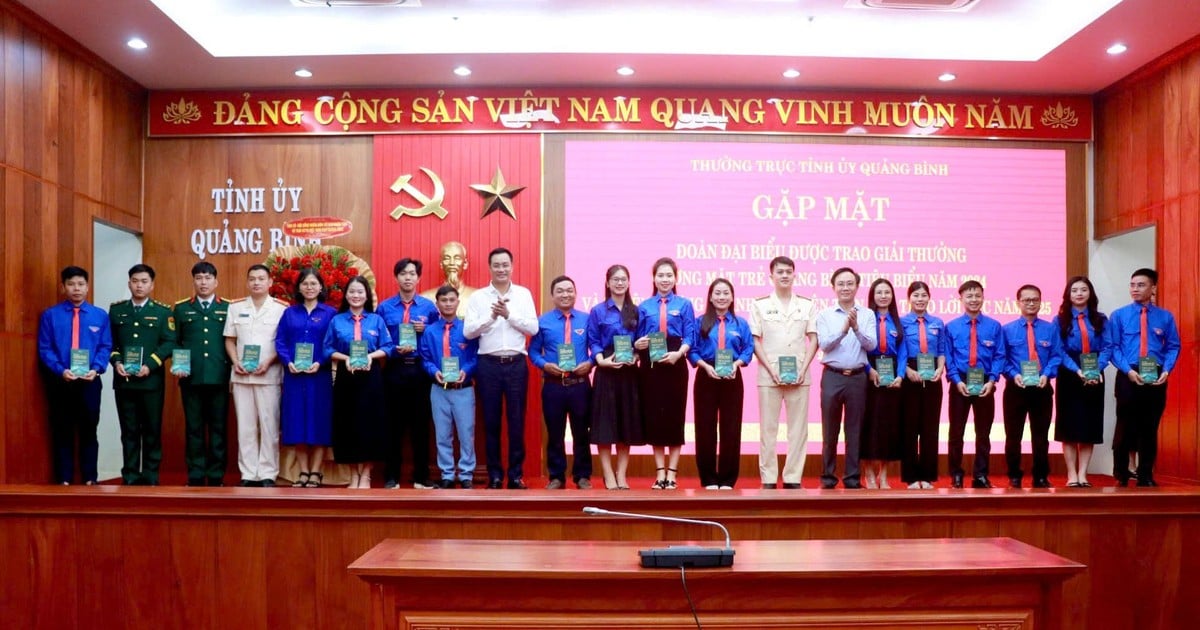



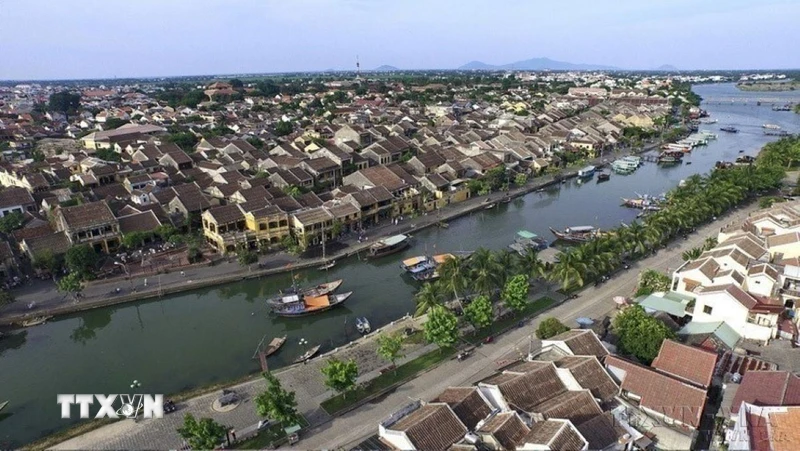

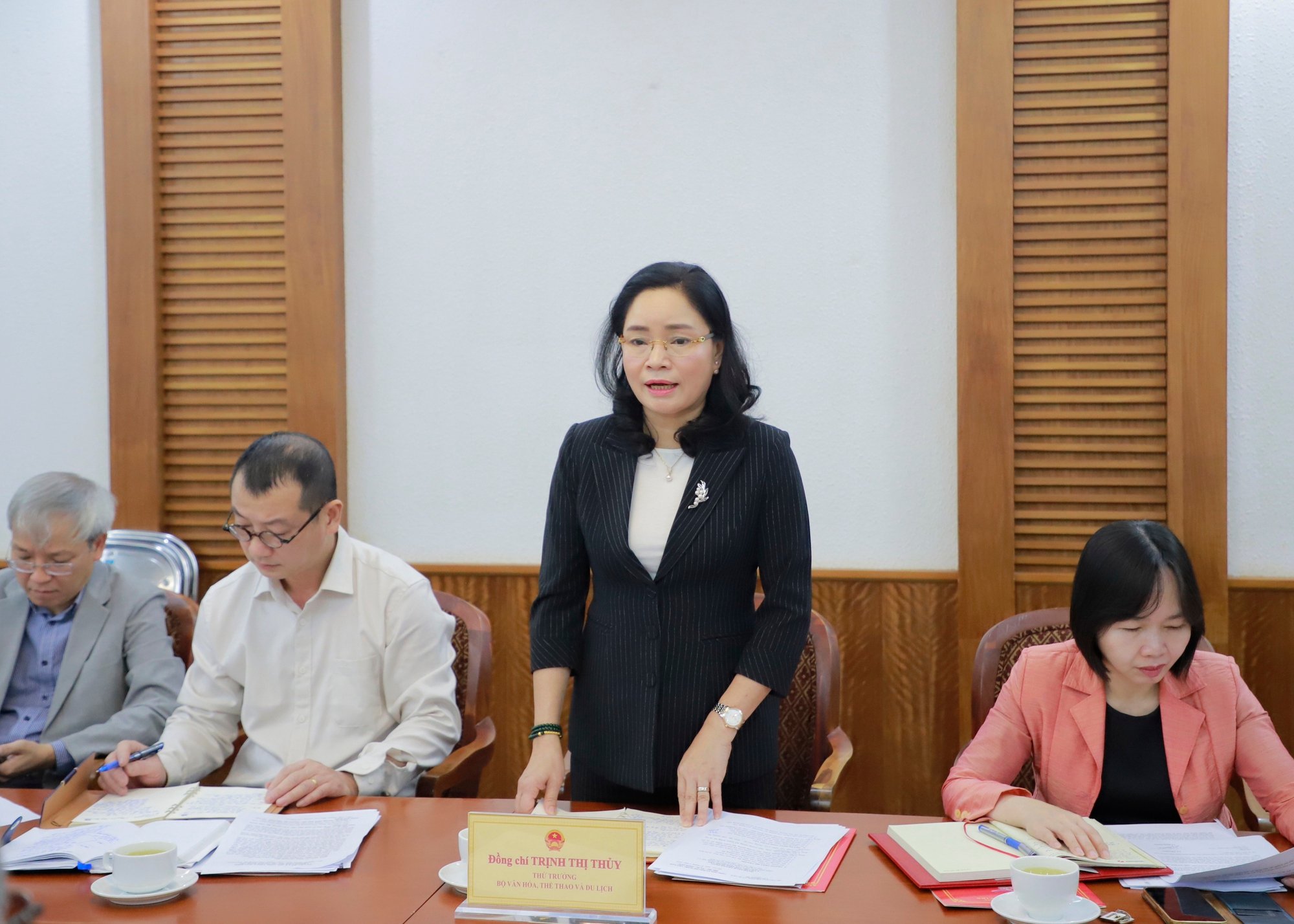

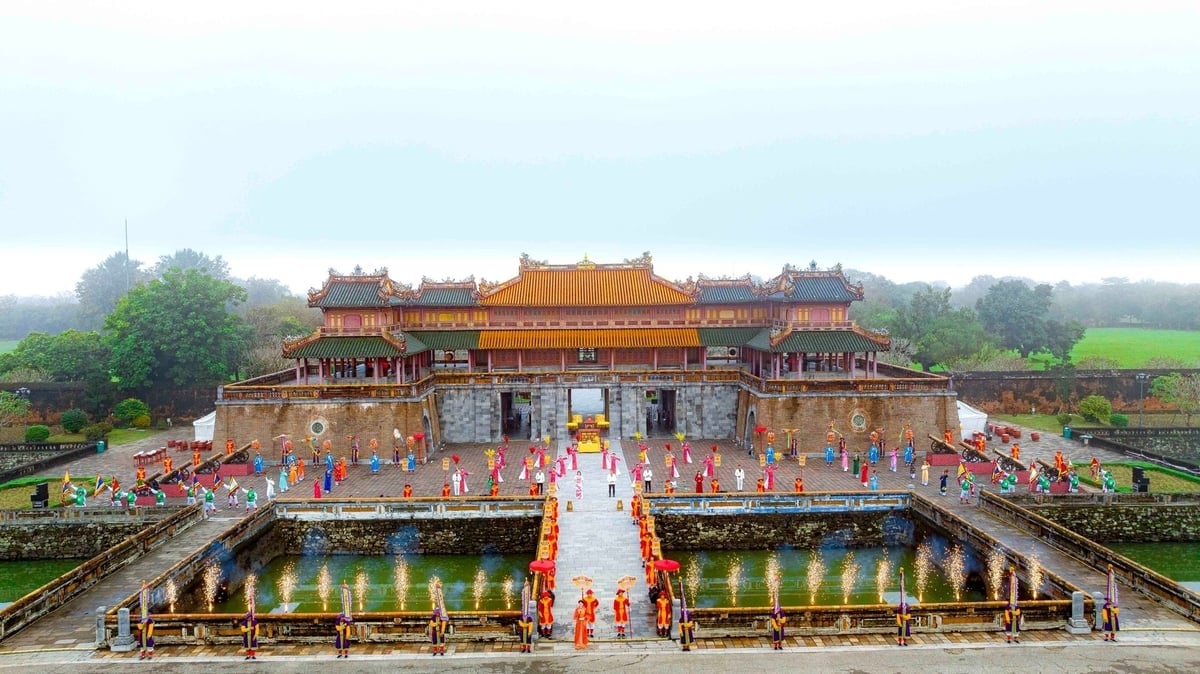

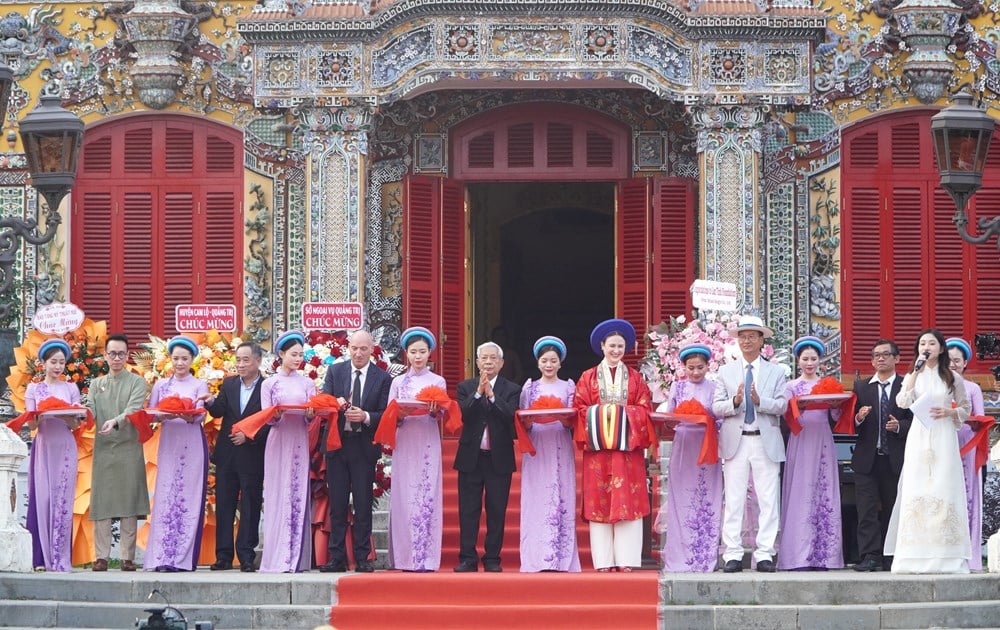

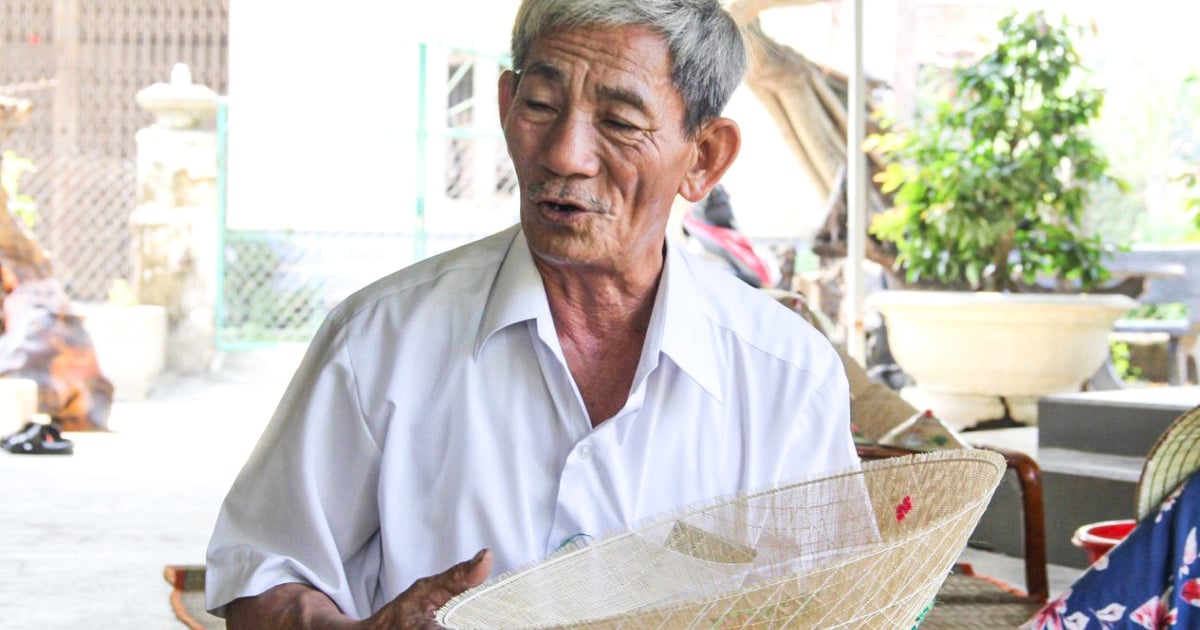


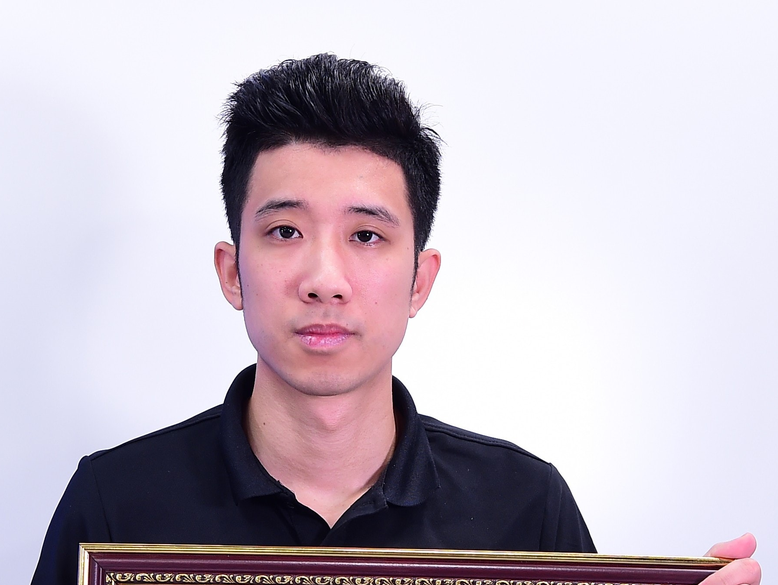

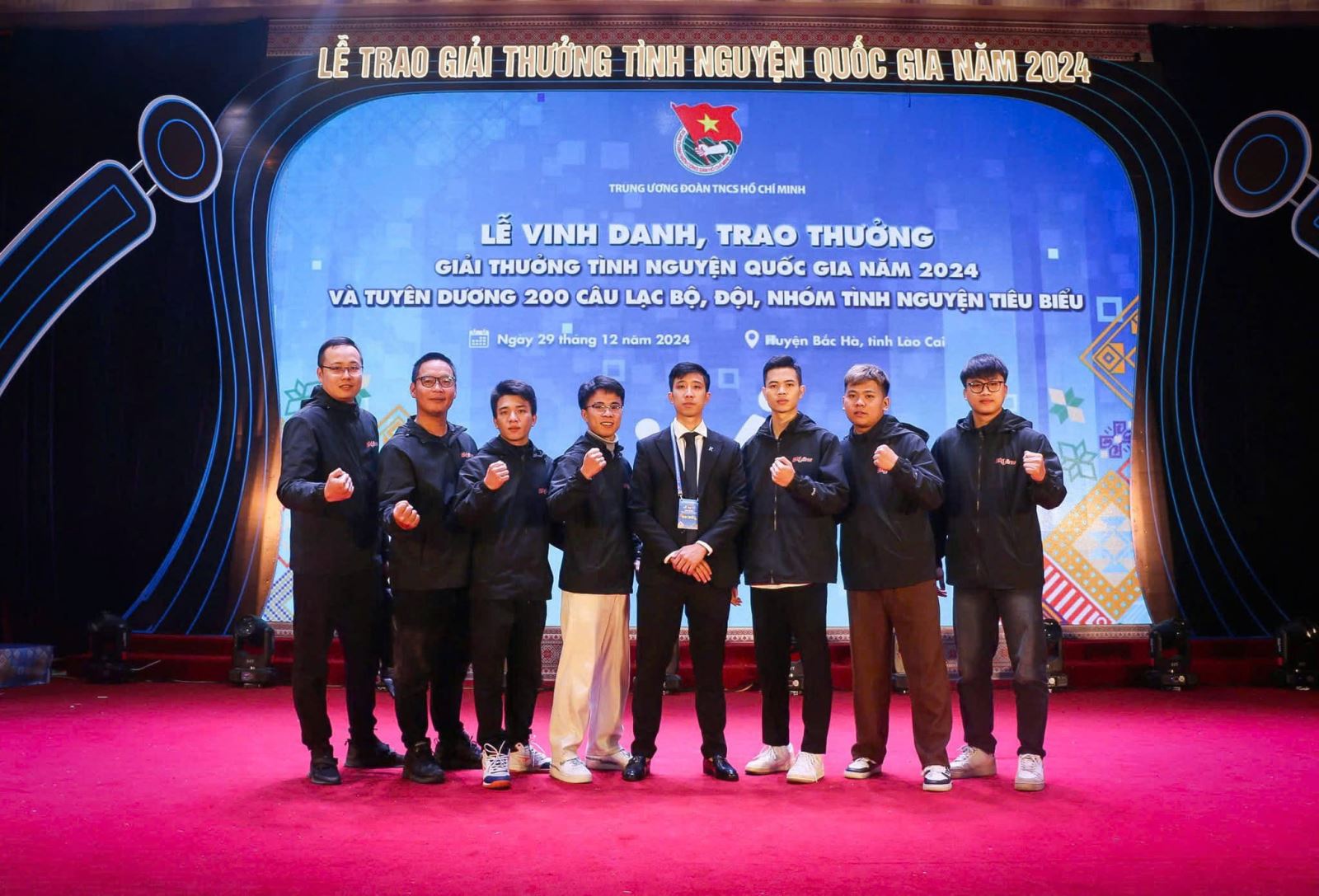












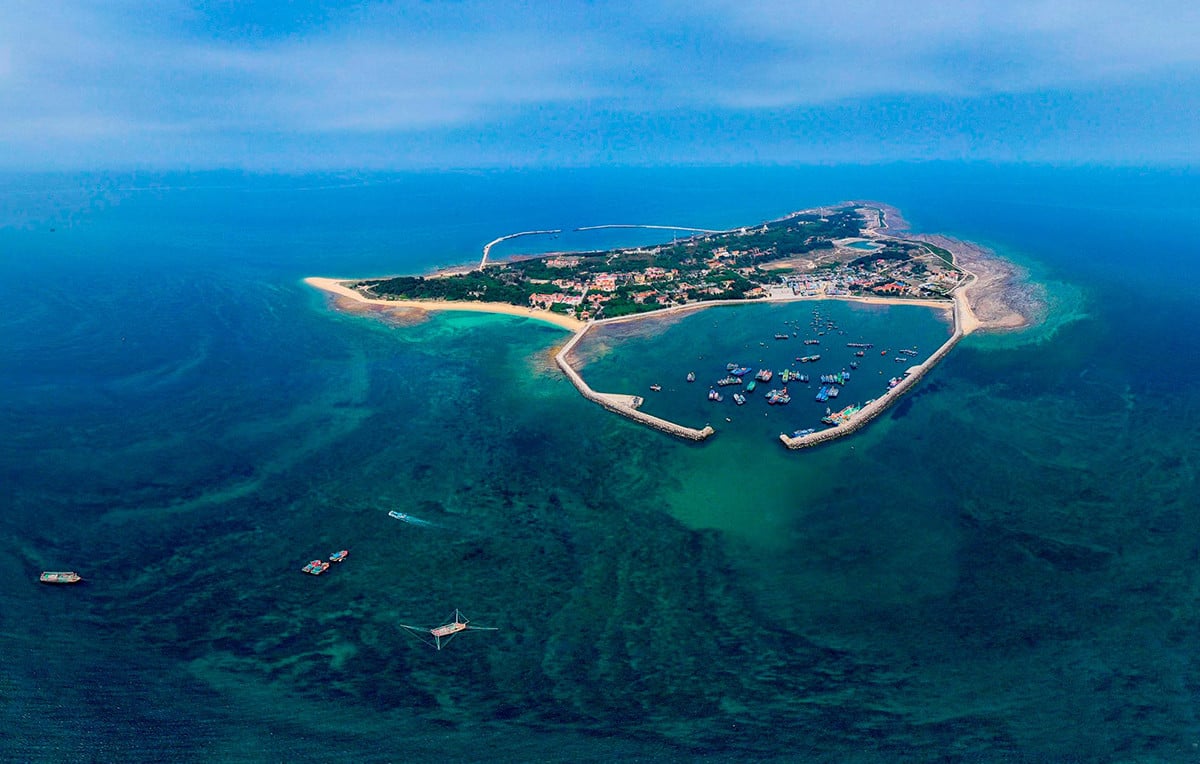
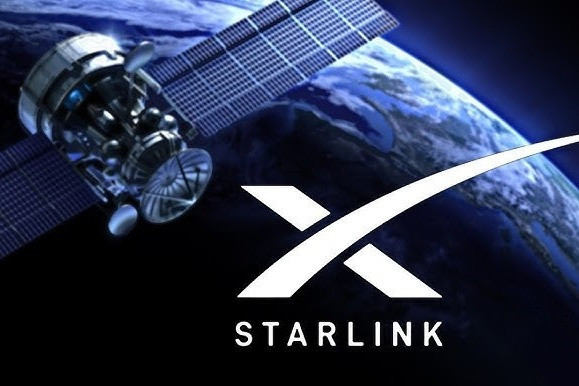
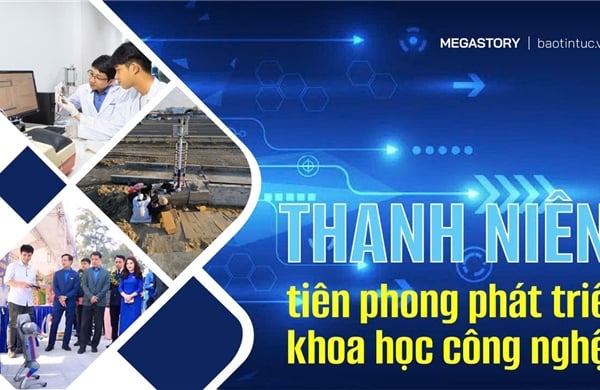
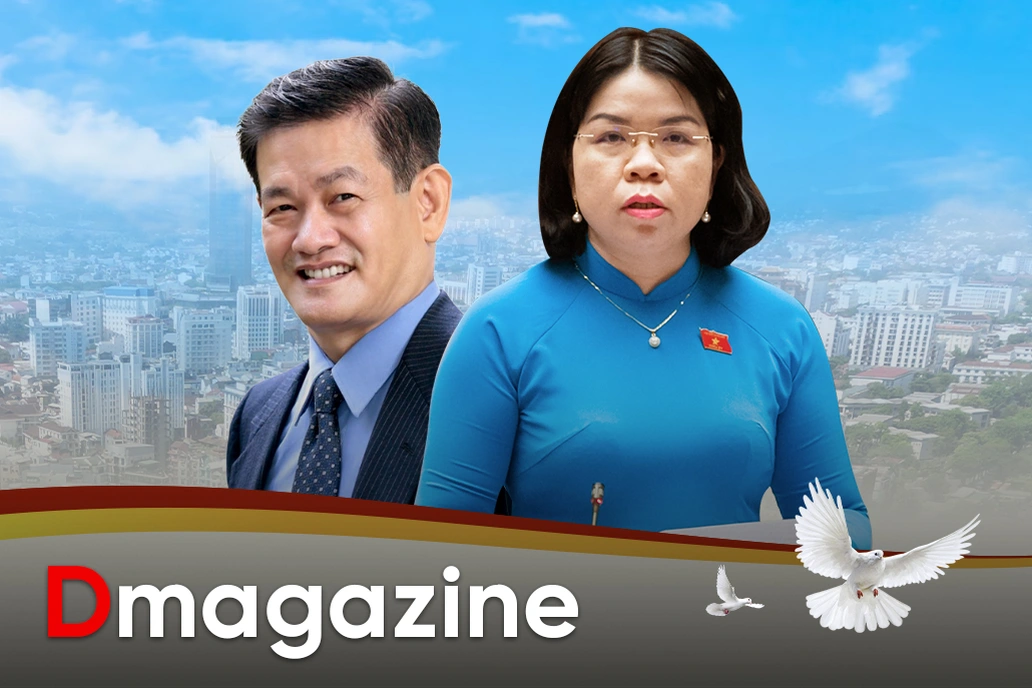


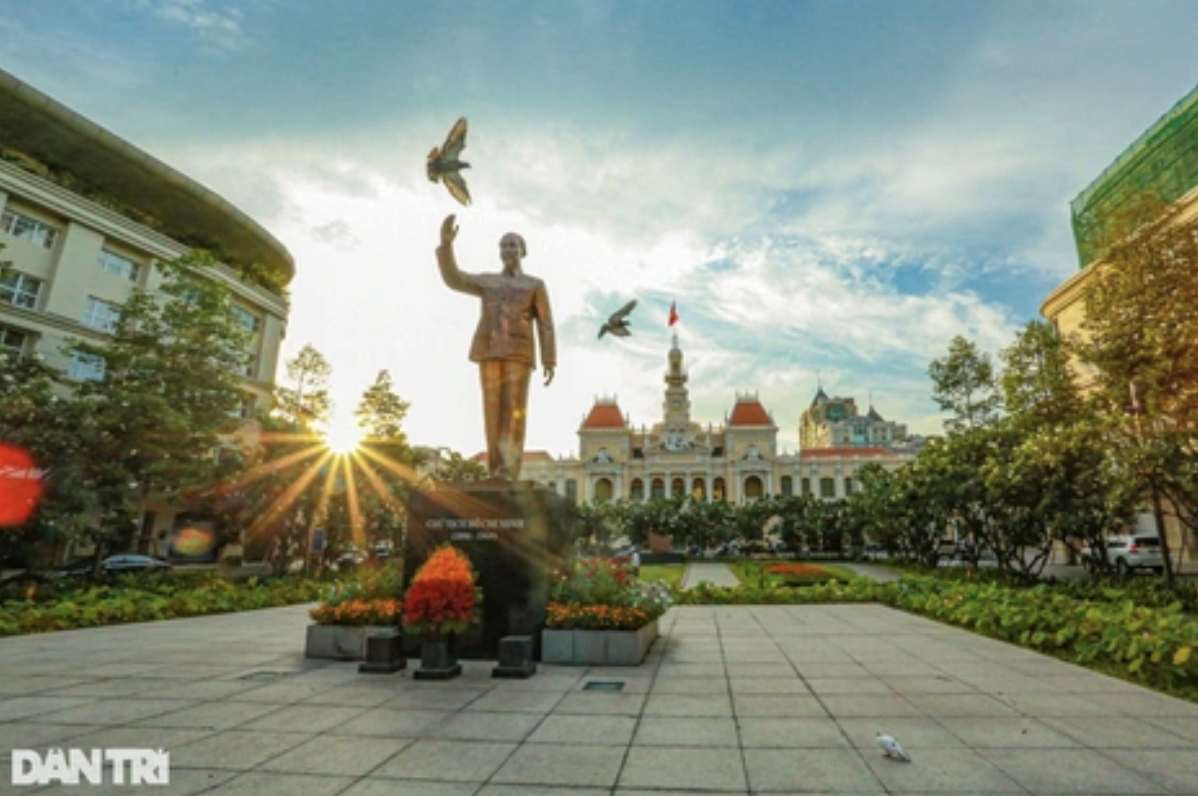
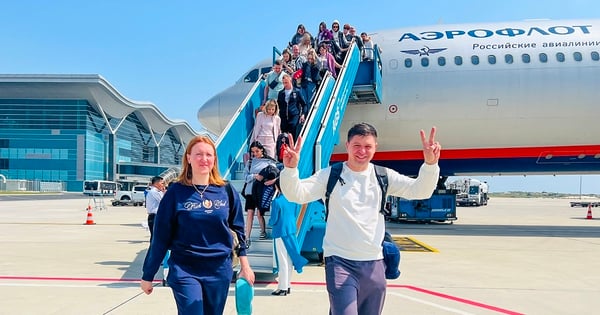

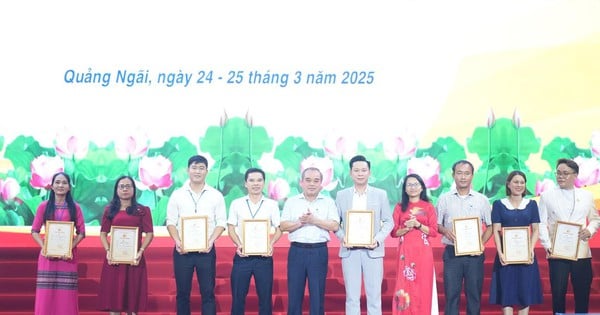

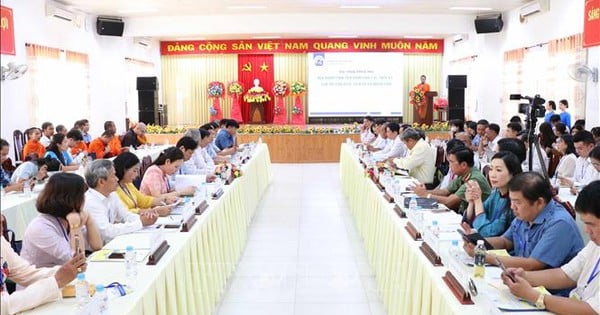

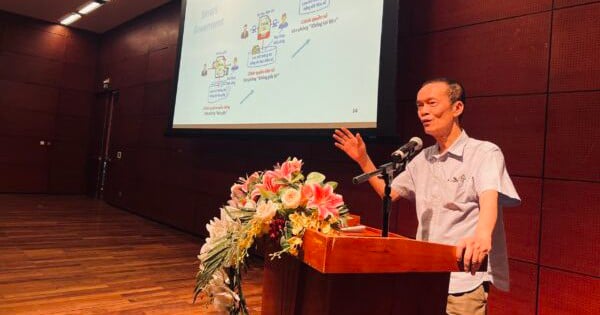
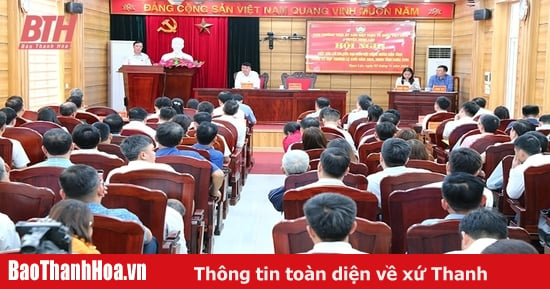
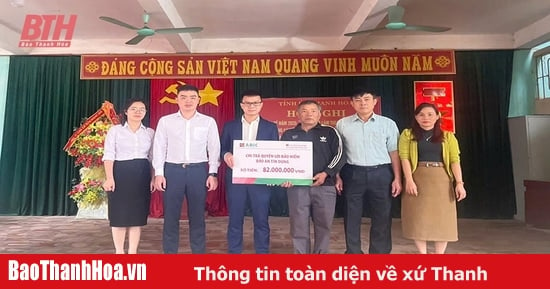
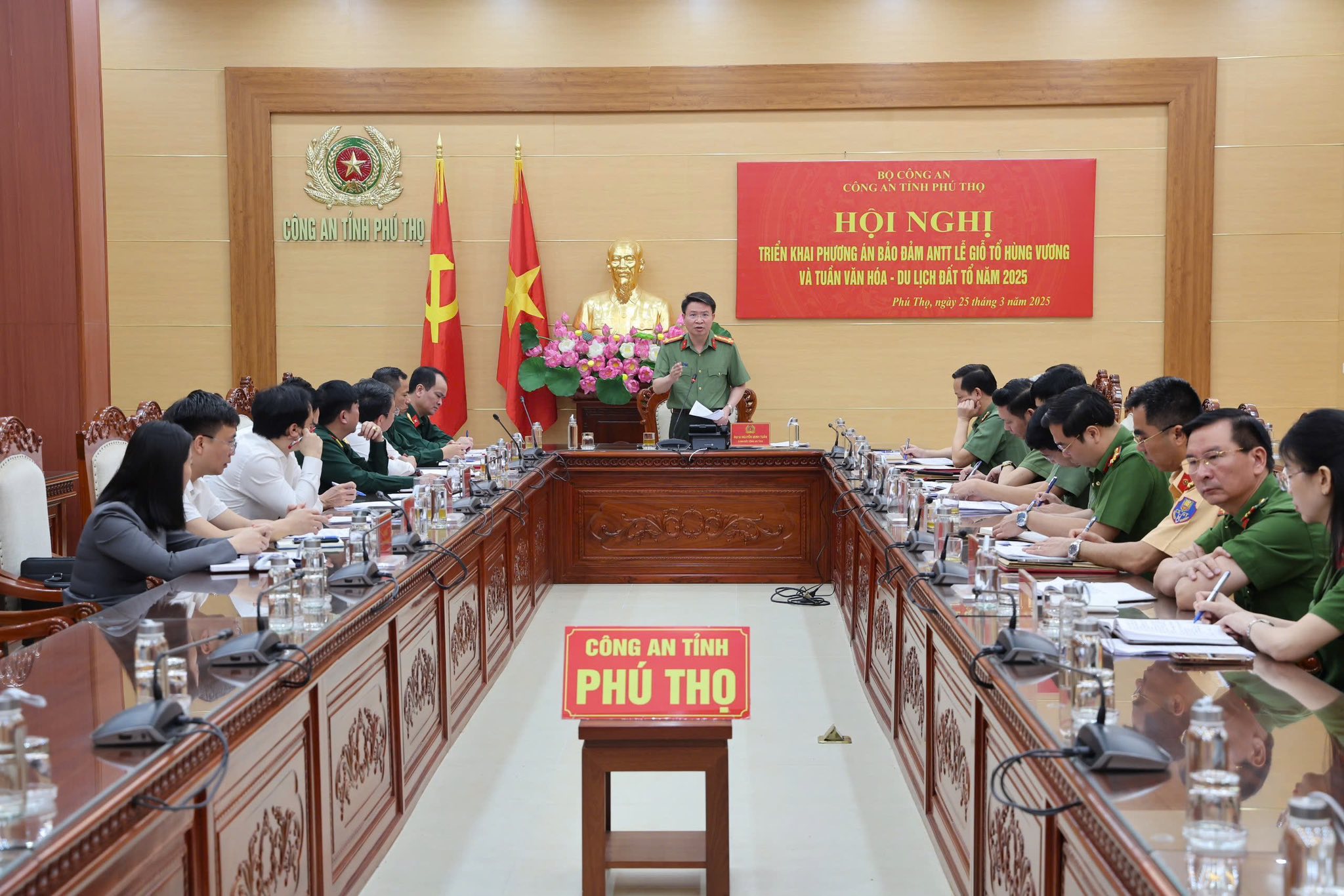
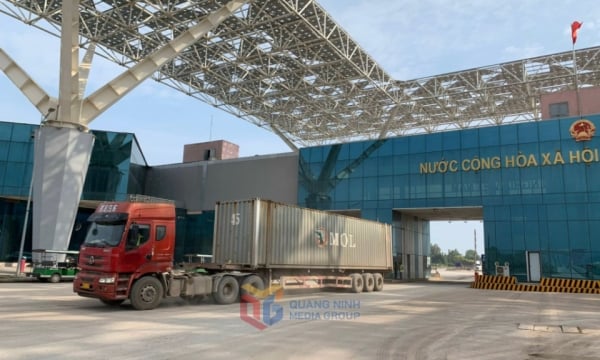
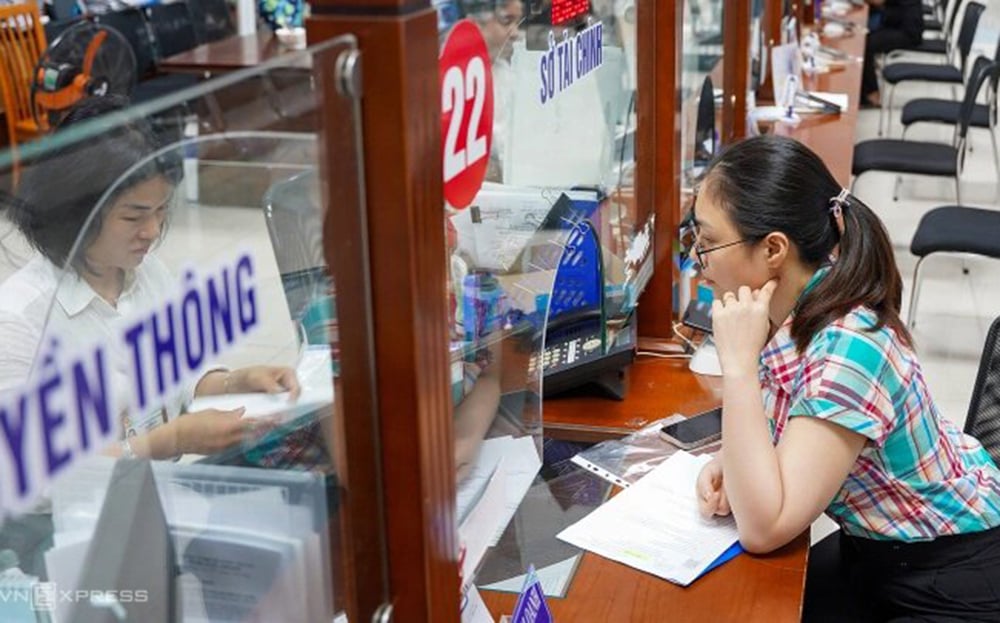

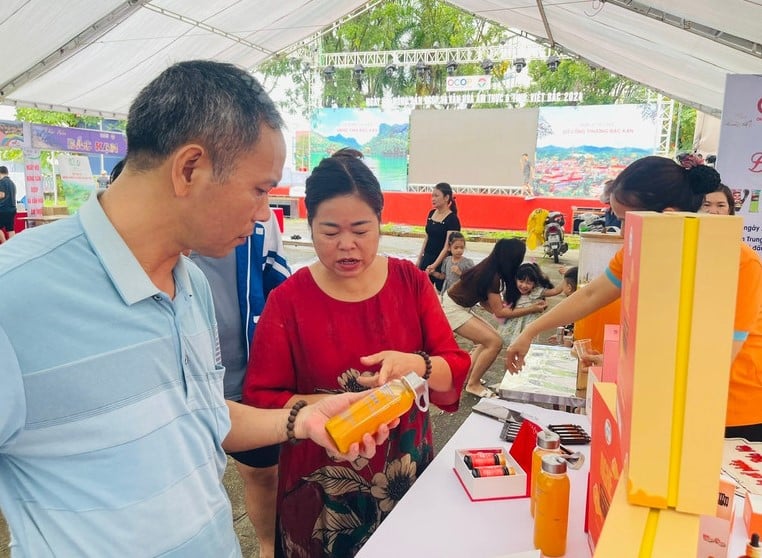
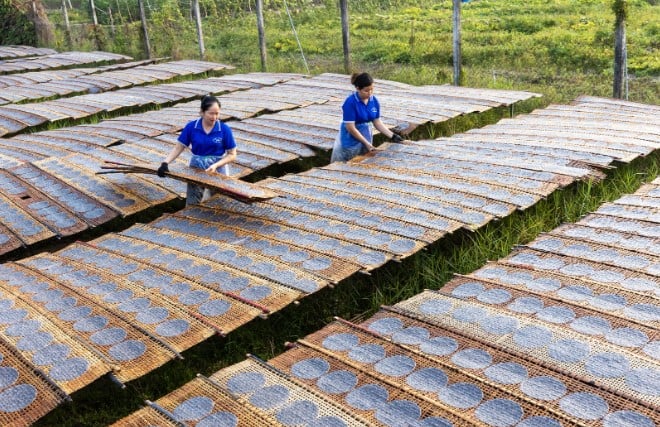


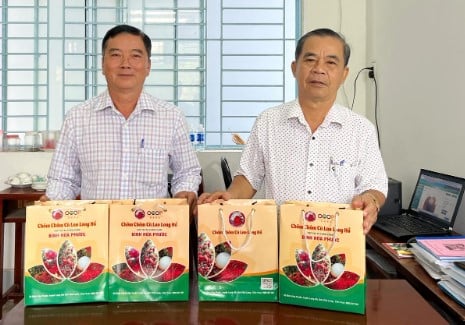



Comment (0)